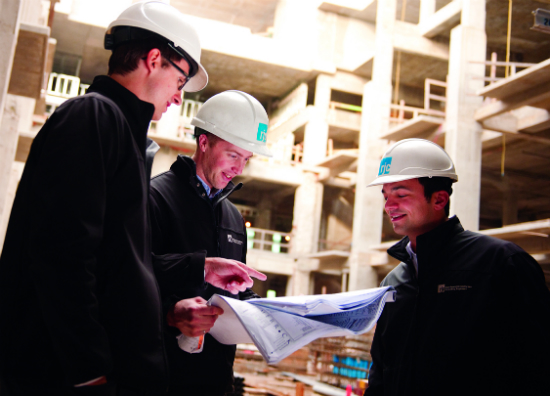No two retrofits are ever the same. This is particularly true in healthcare where patient comfort, staff schedules, health and safety standards, and critical equipment needs demand a tailored approach to every project.
“It’s a living environment,” says Michael Blackman, Regional Manager with RJC Engineers in Kelowna, BC. “Whether you’re going in to conduct renovations or a replacement of essential medical equipment, you have to do so with an understanding of how that project is going to impact critical operations at every phase.”
That understanding begins by collaborating with owners, contractors, and facility stakeholders to clearly define project expectations. This includes disruptive factors such as contractor schedules, noise mitigation, and even dust control, which in itself is a significant factor in controlling the spread of infection.
“Vibration levels are also something you have to take into account,” notes Blackman. “We recently did work very close to a medical operating room that uses lasers during surgery so there couldn’t be vibrations of any kind. We had to coordinate with hospital staff to ensure whatever we were doing nearby wasn’t adversely affecting their highly detailed work and then communicate that to the contractor.”
Equipment upgrades or replacements can also face unique challenges in a healthcare environment. There’s rarely a “good time” to take a critical medical device offline. Elevator repairs or upgrades, for example, must be conducted in phases to ensure hospital staff has access to a working elevator in case of a Code Blue (heart attack) or other immediate emergencies.
As for maintaining the ebb and flow of a hospital throughout a typical day, Blackman adds, “Wayfinding is an important consideration during construction. Going to the hospital is already a stressful experience; you’re in a relatively unfamiliar place and a heightened emotional state so if the path to where you need to go for treatment is confusing or disrupted due to ongoing work, that will have a real impact on your wellbeing.”
Elements of Success
As challenging as they can be, the technical and logistical hurdles that often accompany hospital retrofits and renovations can be met. In his experience, Blackman says the following factors have proven vital to success:

- The right team: Working with healthcare providers, engineers and contractors who have experience carrying out sophisticated projects in a healthcare environment and a track record for working in large teams. This is especially important in healthcare facilities where it’s common to have several projects occurring at the same time.
- A full perspective: Ensuring the right people are involved in the decision-making process (e.g., nursing staff, department reps, owners, contractor team, engineers, etc.)
- Open communication: Establishing and maintaining open dialogue throughout the construction. This includes communication with other on-site teams as well, says Blackman: “We had one project where we were working on the elevators while another team was conducting an emergency generator system replacement, so it was essential that we kept talking and coordinated our respective projects.”
- Flexibility: Making peace with the fact that the unexpected will happen. You can make educated guesses in the planning, but there will always be changes on-site and a need to walk through those changes with everyone.
These factors for success also apply both the current challenges as they are for emerging ones.
As with all healthcare strategies, however, the best approach is the one that puts the patient first.
“The healthcare landscape is always evolving and there will always be new factors to consider going into a project. At the end of the day, as long as we’re putting the patient experience at the forefront, we’re on the right path,” says Blackman.
Michael Blackman is a Regional Manager with RJC Engineers. Learn more at www.rjc.ca.





